Project to build prototype solar-electric unmanned surface vessel
Onboard batteries to be recharged via a solar panel array or via ship or shore power using rapid battery recharging technology.
Eco Marine Power (EMP) has today revealed details of its Aquarius Unmanned Surface Vessel (USV) [pictured] and announced that it will begin work related to the construction of a prototype.
The Aquarius USV is being developed as a cost-effective unmanned surface vessel (USV) and will incorporate a number of technologies from EMP and its strategic partners. These technologies include marine computer systems and lightweight flexible marine solar panels.
The Aquarius USV will be powered by a solar-electric hybrid marine power solution which will also feature a solar panel array designed by EMP. Onboard batteries will be recharged via the solar panel array or via ship or shore power using rapid battery recharging technology.
The vessel's computer systems will be based upon the KEI 3240 platform - this flexible marine computer system architecture has been used on hundreds of vessels ranging from tugboats to ocean going bulk ore carriers and tankers.
The Aquarius USV will also be fitted with a sensor pack including several unique sensors developed by EMP. These sensors will be able to collect data from above and below the waterline. The collected data could then either be stored on board the vessel and/or transmitted back to a ship or shore office. Data transmission will be possible via Wi-Fi, mobile phone or satellite connections.
The Aquarius USV's shallow draft and low height will allow it to operate on urban waterways, rivers, bays and lakes in addition to being suitable for coastal waters and missions at sea. If needed, the masts can also be lowered (optional) to give the vessel a stealth capability.
Typical missions for the Aquarius USV could include monitoring harbour pollution, oceanographic surveys, maritime park surveillance, coastal border patrols & marine data collection.
A variation of the Aquarius USV will include a stand-alone version of EMP's unique EnergySail technology in order to extend the vessel's range and allow for additional sensors to be fitted.
Lab testing of technologies to be used for the Aquarius USV has already commenced and a prototype is scheduled to commence operational tests in 2015.
The Aquarius USV is being developed as a cost-effective unmanned surface vessel (USV) and will incorporate a number of technologies from EMP and its strategic partners. These technologies include marine computer systems and lightweight flexible marine solar panels.
The Aquarius USV will be powered by a solar-electric hybrid marine power solution which will also feature a solar panel array designed by EMP. Onboard batteries will be recharged via the solar panel array or via ship or shore power using rapid battery recharging technology.
The vessel's computer systems will be based upon the KEI 3240 platform - this flexible marine computer system architecture has been used on hundreds of vessels ranging from tugboats to ocean going bulk ore carriers and tankers.
The Aquarius USV will also be fitted with a sensor pack including several unique sensors developed by EMP. These sensors will be able to collect data from above and below the waterline. The collected data could then either be stored on board the vessel and/or transmitted back to a ship or shore office. Data transmission will be possible via Wi-Fi, mobile phone or satellite connections.
The Aquarius USV's shallow draft and low height will allow it to operate on urban waterways, rivers, bays and lakes in addition to being suitable for coastal waters and missions at sea. If needed, the masts can also be lowered (optional) to give the vessel a stealth capability.
Typical missions for the Aquarius USV could include monitoring harbour pollution, oceanographic surveys, maritime park surveillance, coastal border patrols & marine data collection.
A variation of the Aquarius USV will include a stand-alone version of EMP's unique EnergySail technology in order to extend the vessel's range and allow for additional sensors to be fitted.
Lab testing of technologies to be used for the Aquarius USV has already commenced and a prototype is scheduled to commence operational tests in 2015.
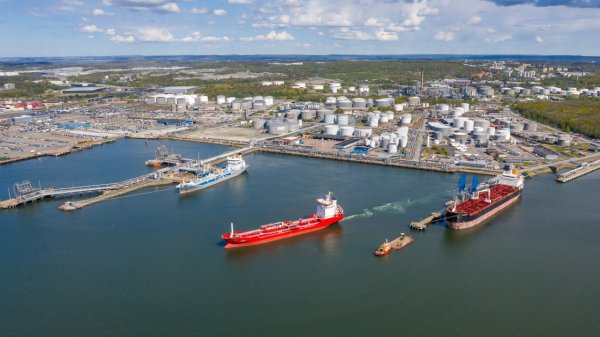
|
Swedish biomethane bunkered in Gothenburg
Test delivery performed by St1 and St1 Biokraft, who aim to become large-scale suppliers. |
|
|
|
||
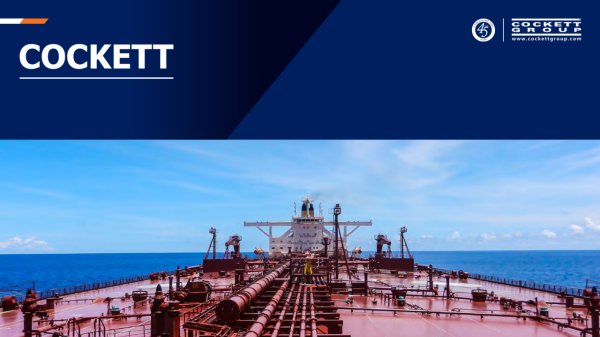
|
Cockett to be closed down after 45 years
End of an era as shareholders make decision based on 'non-core nature' of Cockett's business. |
|
|
|
||
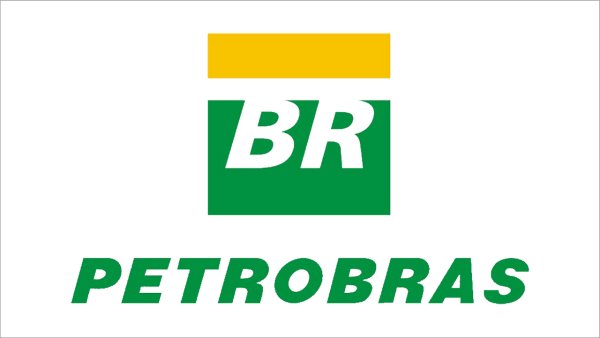
|
Petrobras confirms prompt availability of VLS B24 at Rio Grande
Lead time for barge deliveries currently five days. |
|
|
|
||
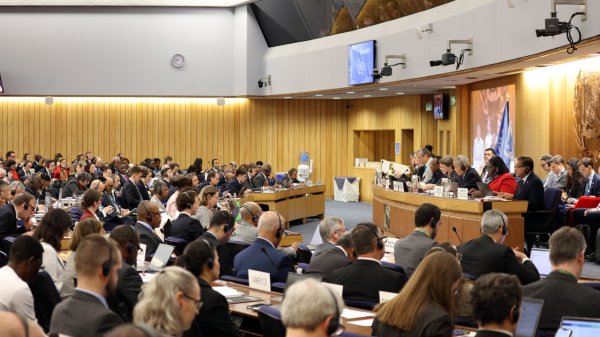
|
IMO approves pricing mechanism based on GHG intensity thresholds
Charges to be levied on ships that do not meet yearly GHG fuel intensity reduction targets. |
|
|
|
||

|
VARO Energy expands renewable portfolio with Preem acquisition
All-cash transaction expected to complete in the latter half of 2025. |
|
|
|
||

|
NYK trials biofuel in milestone coal carrier test
Vessel is used to test biofuel for domestic utility company. |
|
|
|
||
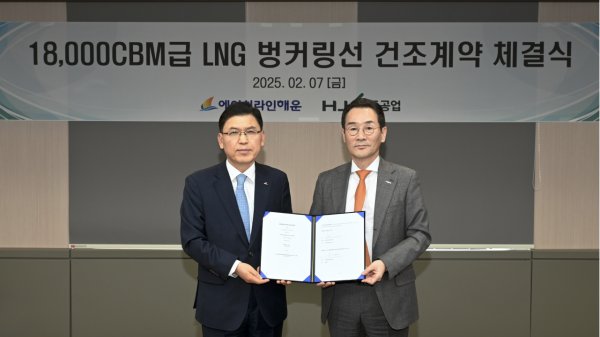
|
H-Line Shipping orders LNG bunkering vessel
Vessel with 18,000-cbm capacity to run on both LNG and MDO. |
|
|
|
||
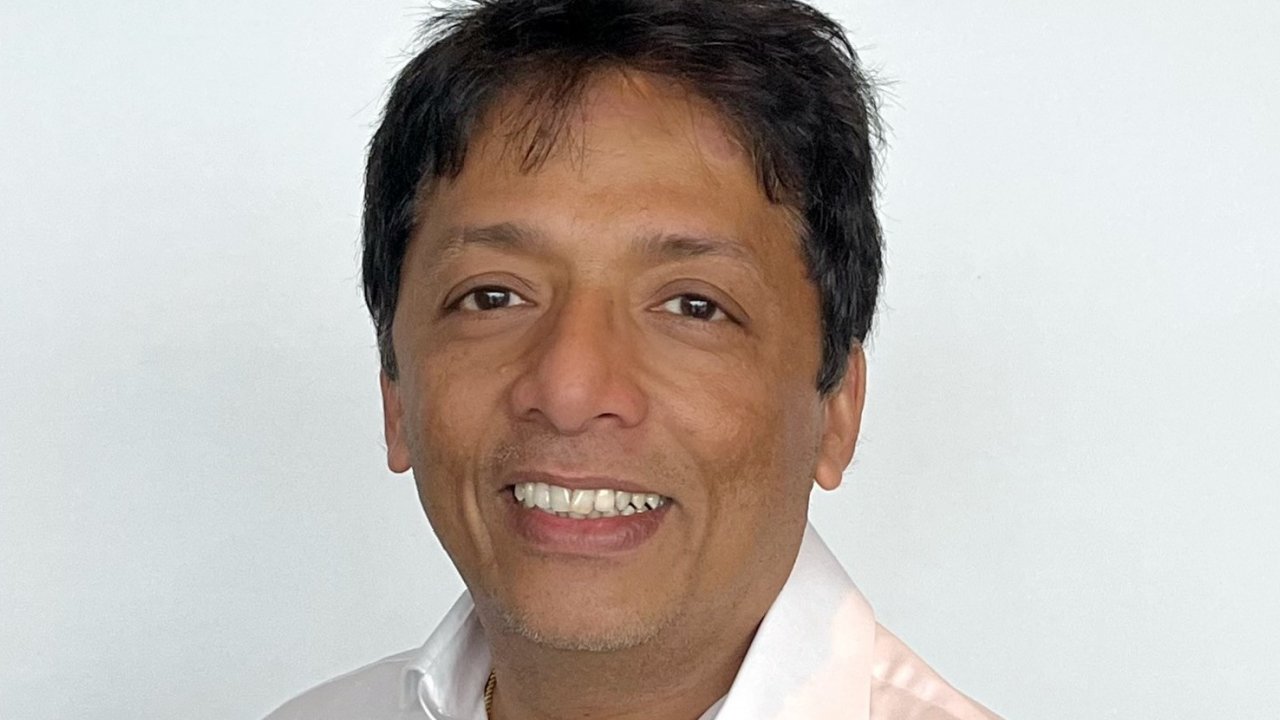
|
How to engineer and manage green shipping fuels | Stanley George, VPS
Effective management strategies and insights for evolving fuel use. |
|
|
|
||

|
Swedish government bans scrubber wastewater discharges
Discharges from open-loop scrubbers to be prohibited in Swedish waters from July 2025. |
|
|
|
||
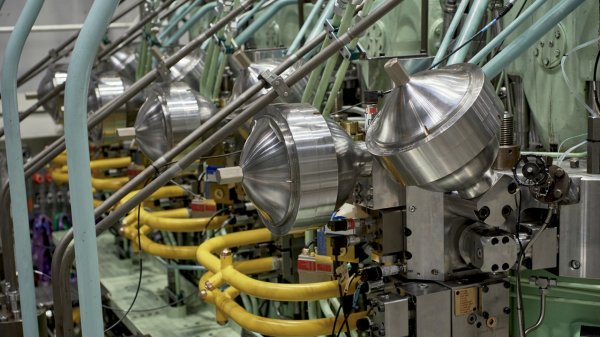
|
MAN Energy Solutions achieves 100% load milestone for ammonia engine
Latest tests validate fuel injection system throughout the entire load curve. |
|
|
|
||
Related Links
- · Agreement to manufacture fuel-saving rigid sail [Insights]
- · Fuel-saving rigid sail technology at Tokyo event [Insights]
- · EnergySail passes lab tests [Insights]
- · Lab to develop sustainable shipping technologies [Insights]
- · Wind and solar system short-listed for award [Insights]
- · Japan [Directory]

